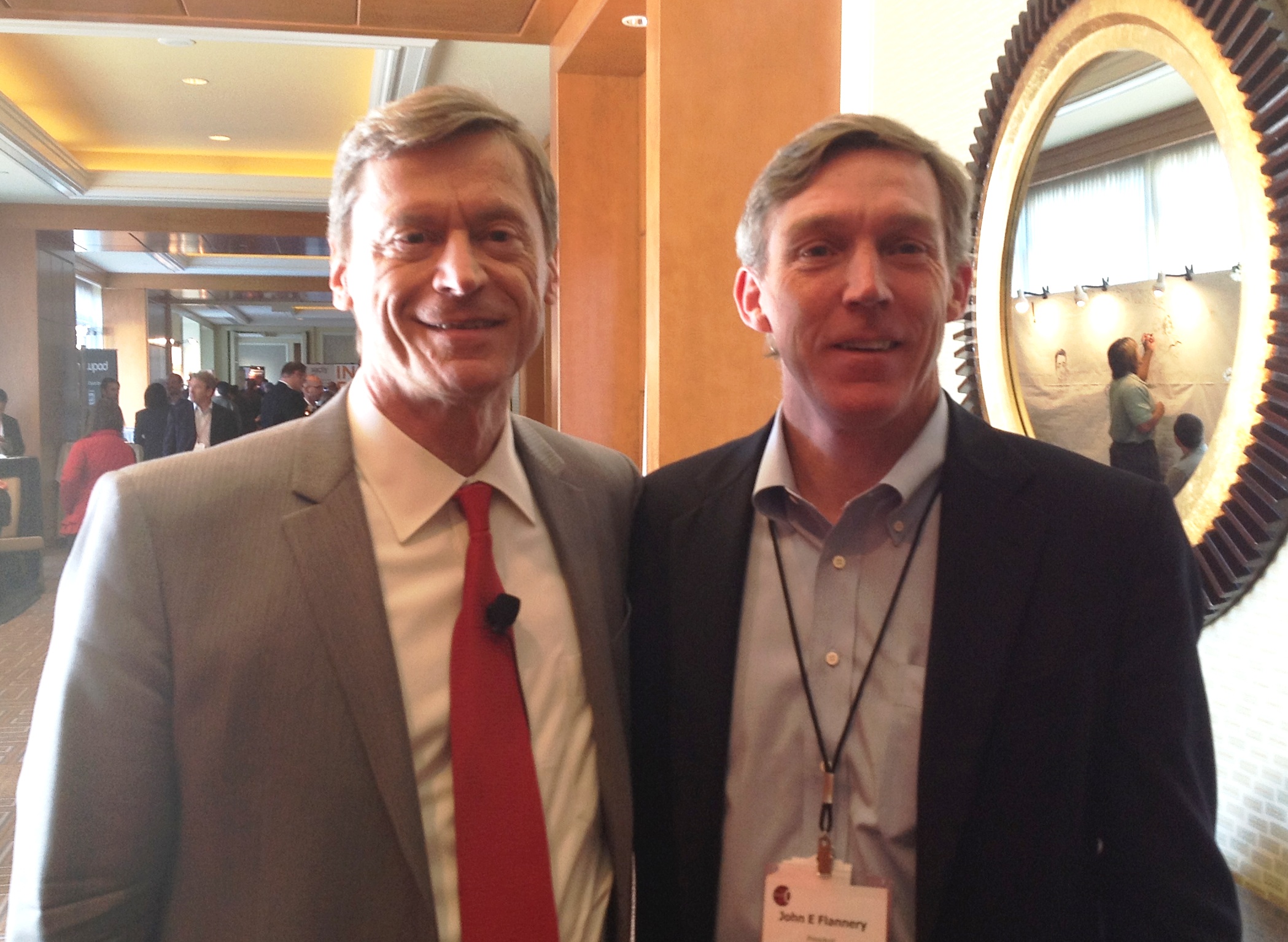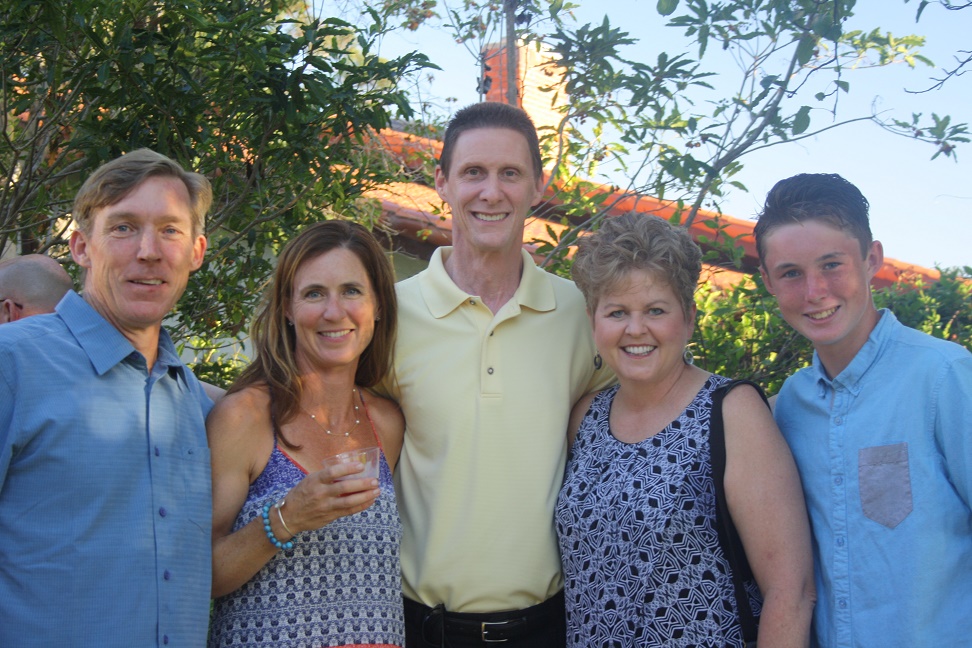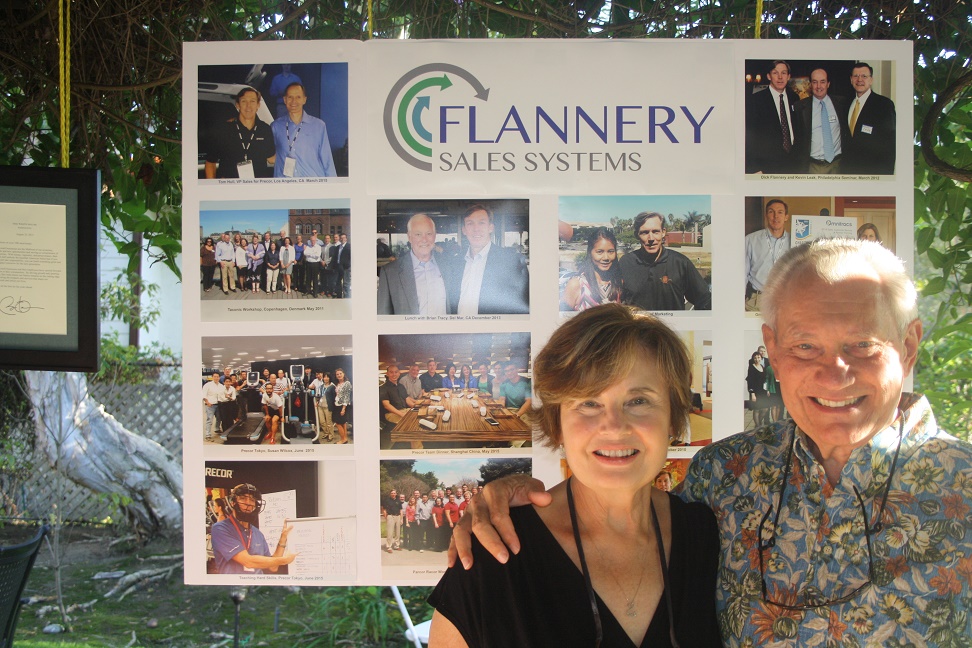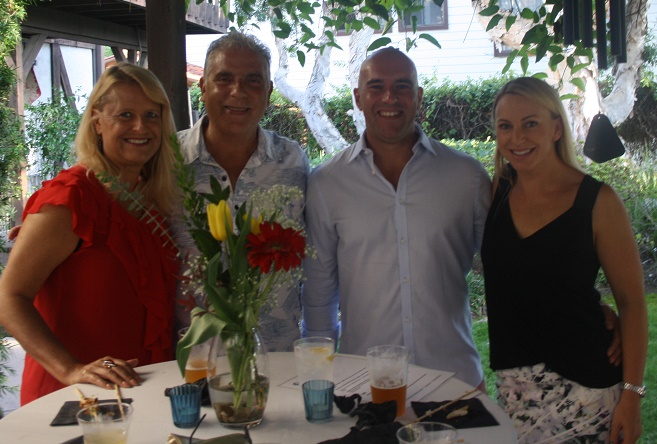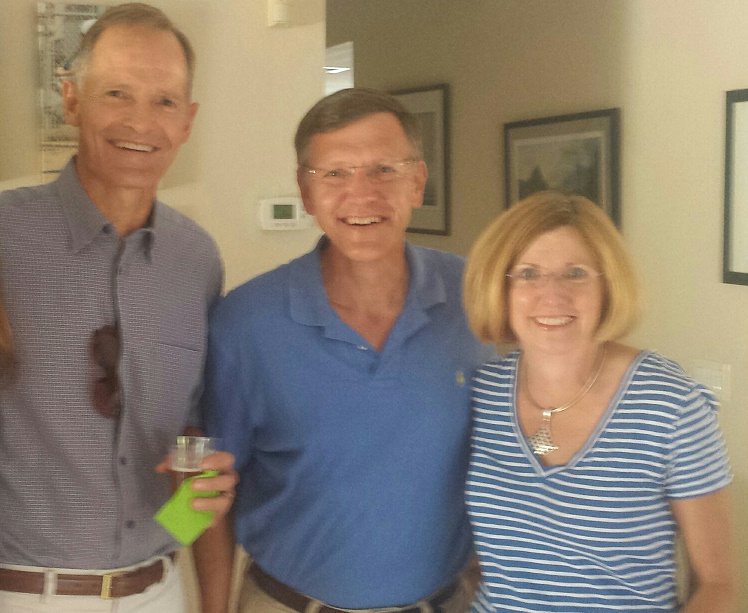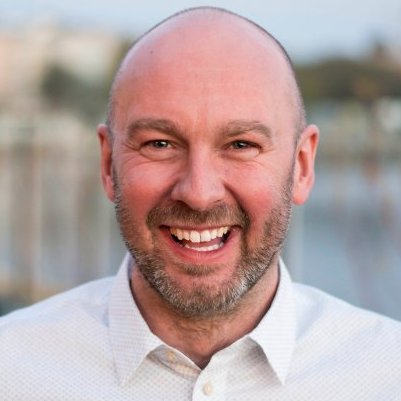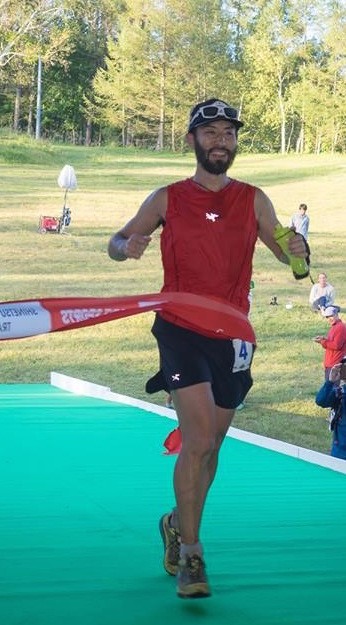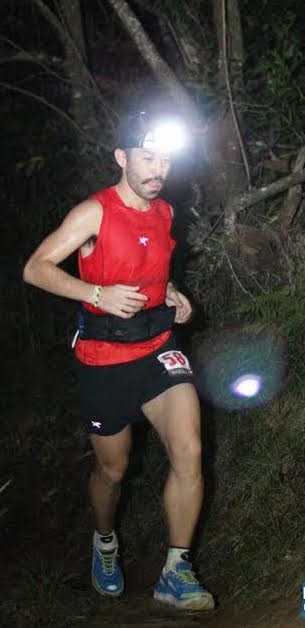In 2016 some people are going to transform their lives. For them this will be the beginning of a new era of higher achievement and satisfaction. Are you one of them?
If you have chosen to make this “Your Time!” then I have a powerful opportunity for you. On January 29th in Los Angeles I will be co-leading a life-changing workshop called “The High-Performance Mindset”. This science based training was developed in collaboration with Dr. Michael Bernard, a world leading authority on high performance. He has refined and proven this training with Gerhard Gschwandtner, publisher of Selling Power Magazine and creator of the Sales 2.0 conference series. Jim Cathcart and I will be joining Gerhard in leading this event for you.
The essence of this training is an experience, not just a knowledge transfer, that will lead you to the breakthroughs you need to transcend your limits and doubts. What we have learned about High Performers is: First, they make a Strong Commitment to Success and they will do whatever it takes for as long as it takes to win, to break new records and to reach higher levels of happiness. You will discover how to strengthen your own commitments as never before. No more “give it my best and hope for the rest.” Instead this will be your time to truly and happily commit ! Listen to my experience in this brief video link:
Second, High Performers sustain No-limit Thinking. Research shows that doubt kills more dreams than failure ever does. There are known processes for overcoming doubt and restoring faith. In our one-day High Performance Mindset workshop you’ll learn how to win no matter what adversities you may have to face. You will astound yourself with what is possible for you.
The third quality is Resilience. Through intense study of people who have endured the toughest conditions on Earth and rebounded to success, we have defined the process for breaking free. We call this “Escape Velocity”. Escape velocity is the speed at which an object can break free of the gravitational pull of a central mass. There is a lot of gravitational pull towards “average” and “same” in this world. In our workshop you will learn how to create the beliefs that allow you to transcend and break free from influences, patterns and circumstances that hold you back.
A recent attendee led their sales team to achieve their highest quarter in the history of the company – they adopted a no-limit mindset. One sales rep is on track to increase sales by 300% – he deepened his commitment to success. We have had graduates cheering, crying tears of joy, and sharing profound personal stories of how this training has helped them overcome fear, doubt and confusion. Imagine the impact on your career if you achieved similar results.
Please join me at this event to make 2016 the most amazing year in your own life and career. We can only accept 30 people at this event and you’re welcome to invite others but it has to be soon lest the space is already spoken for. Come and discover how much more successful you can be.
I invite you to sign up for our full-day High Performance Mindset workshop on January 29th in Los Angeles. Click HERE to register today for $995 and enter the discount code “mindsetflan10” to get a 10% discount.


